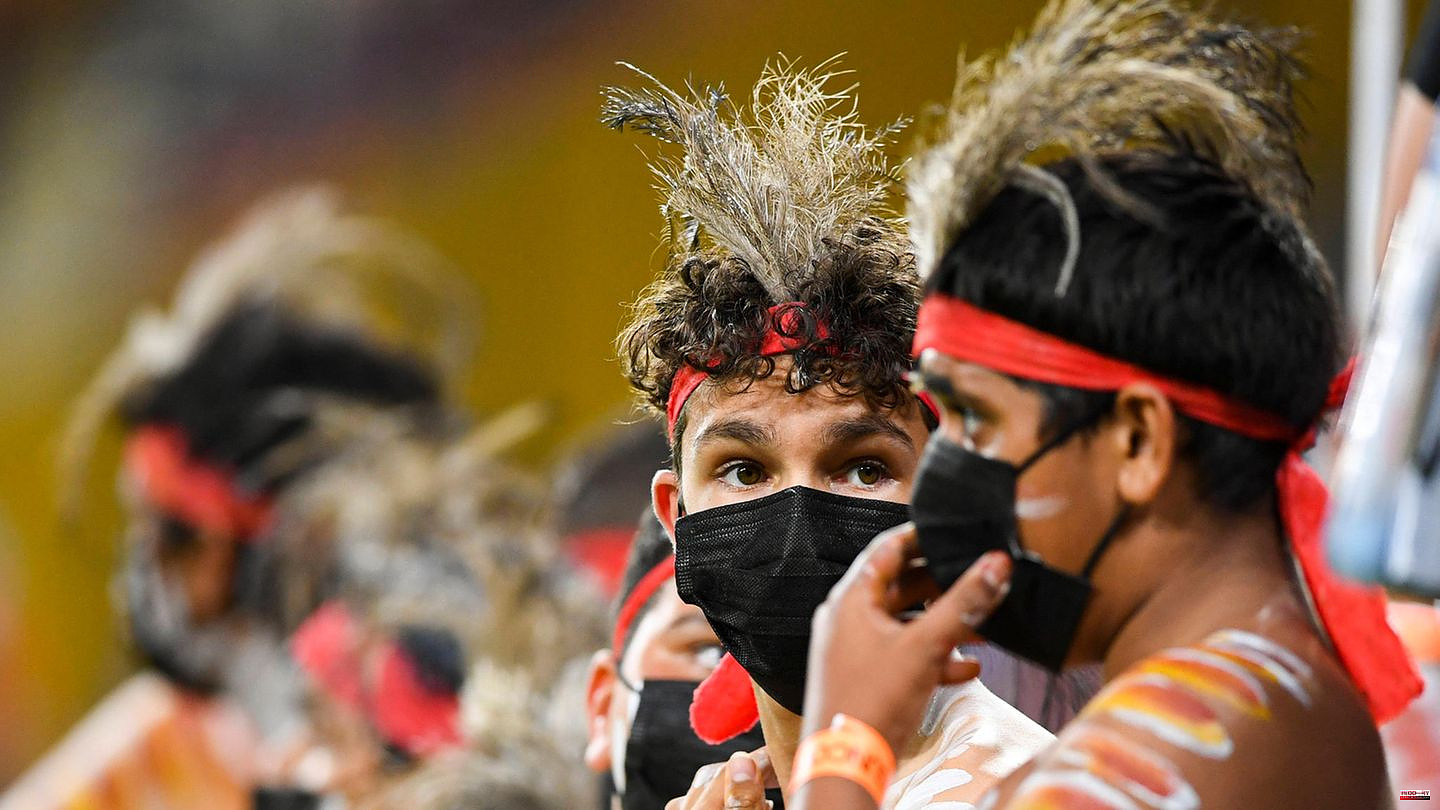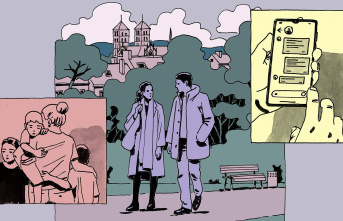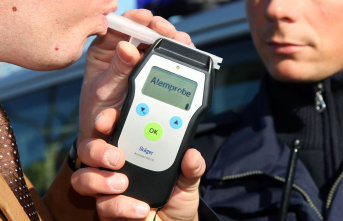Three years - that's how much lifetime Americans have lost in recent years. While the average US citizen born in 2019 lived to be 79 years old, life expectancy for those born in 2021 is only 76 years. There hasn't been such a sharp decline in a hundred years. The pandemic is only partly responsible for the downward trend, according to the report by the Centers for Disease Control and Pervention. The virus has increased the death rate and accounts for about half of the decline. The rest is due to drug use, heart and kidney disease, and suicide.
The data from indigenous Americans is a lot more dramatic. Their life expectancy at 65 years is lower than that of any other ethnic group. The decline in life expectancy among indigenous people is also serious: they have lost more than six years since 2019. The corona pandemic has claimed a particularly large number of lives among indigenous people. According to the New York Times, the number of cases among Native Americans was 50 percent higher than among white Americans. Indigenous people died twice as often as a result of an infection. According to an analysis by the "New York Times", the reason for this is the many health problems that the indigenous people had to contend with beforehand. Corona would have tightened this significantly.
The health service for indigenous people has been underfunded for years. The consequences are aging facilities, funding and supply bottlenecks, and an insufficient number of healthcare providers and hospital beds. According to Jennie R. Joe, professor emeritus of family and community medicine at the University of Arizona's Wassaja Carlos Montezuma Center for Native American Health, it's the combination of poverty and chronic diseases that is fueling the shortening of life expectancy. One in four indigenous people lives in poverty, one in seven has diabetes. 14.5 percent suffer from obesity. Additionally, alcoholism and resulting liver problems are very common in indigenous communities. All risk factors for a severe corona course. But these are just a few of the problems.
Poorly developed infrastructure, cramped living conditions, poor air and water quality also damage health. Take the Navajo, for example, whose territory stretches over 27,000 square miles across Arizona, New Mexico and Utah. In some areas there is hardly any running water, which makes personal hygiene difficult. Heating with wood and coal often pollutes the air even indoors, which was already causing respiratory problems before the pandemic. And typically, among the Navajo, several generations live in one household. Isolation and quarantine are hardly possible - instead the virus was able to spread faster.
The sharp drop in life expectancy has shocked even experts. Bob Anderson, chief statistician for the Centers for Disease Control and Pervention, told CNN, "When I saw that in the report, my jaw dropped." For the indigenous communities themselves, the numbers are not surprising. "That's just what's happening biologically in populations that are chronically and severely stressed and lack resources," quoted the New York Times as Ann Bullock, a Minnesota Chippewa tribesman and former director of diabetes care at the state indigenous health authority.
Matthew Clark, chief medical officer at the indigenous health service, describes the results of the new CDC report as worrying, however, the poor health care of the indigenous people is known, the disproportionately high infection and death rates were to be expected. Nonetheless, the numbers should be an urgent call to action.
Asian people are the only ethnic group whose life expectancy has not changed during the pandemic, according to the CDC. It is still 83.5 years. Life expectancy fell four years to 78 for Latino Americans and three years to 71.5 for blacks. In Germany, too, life expectancy fell from 81.2 to 80.7 years between 2019 and 2021. According to an article in Die Zeit, physician Steven Woolf, who researches population health at Virginia Commonwealth University in Richmond, emphasized that these developments could be observed in almost all industrialized countries. However, almost all nations could have curbed the downward trend. All except the US.
Sources: Center for Disease Control and Pervention, CNN, "Die Zeit", "Frankfurter Allgemeine Zeitung", "New York Times"












